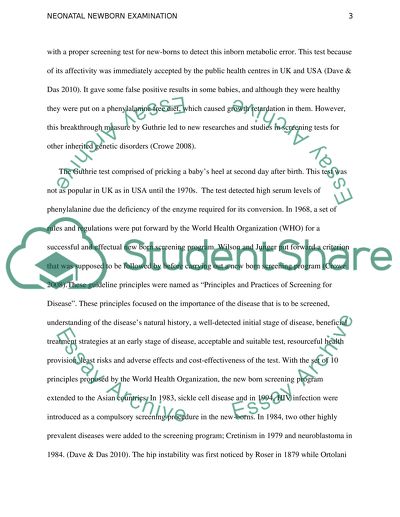Cite this document
(“How The Neonatal Newborn Examination Sits Within Paediatric/ Maternal Essay”, n.d.)
Retrieved from https://studentshare.org/nursing/1394164-how-the-neonatal-newborn-examination-sits-within-paediatric-maternal-health-screening
Retrieved from https://studentshare.org/nursing/1394164-how-the-neonatal-newborn-examination-sits-within-paediatric-maternal-health-screening
(How The Neonatal Newborn Examination Sits Within Paediatric/ Maternal Essay)
https://studentshare.org/nursing/1394164-how-the-neonatal-newborn-examination-sits-within-paediatric-maternal-health-screening.
https://studentshare.org/nursing/1394164-how-the-neonatal-newborn-examination-sits-within-paediatric-maternal-health-screening.
“How The Neonatal Newborn Examination Sits Within Paediatric/ Maternal Essay”, n.d. https://studentshare.org/nursing/1394164-how-the-neonatal-newborn-examination-sits-within-paediatric-maternal-health-screening.


